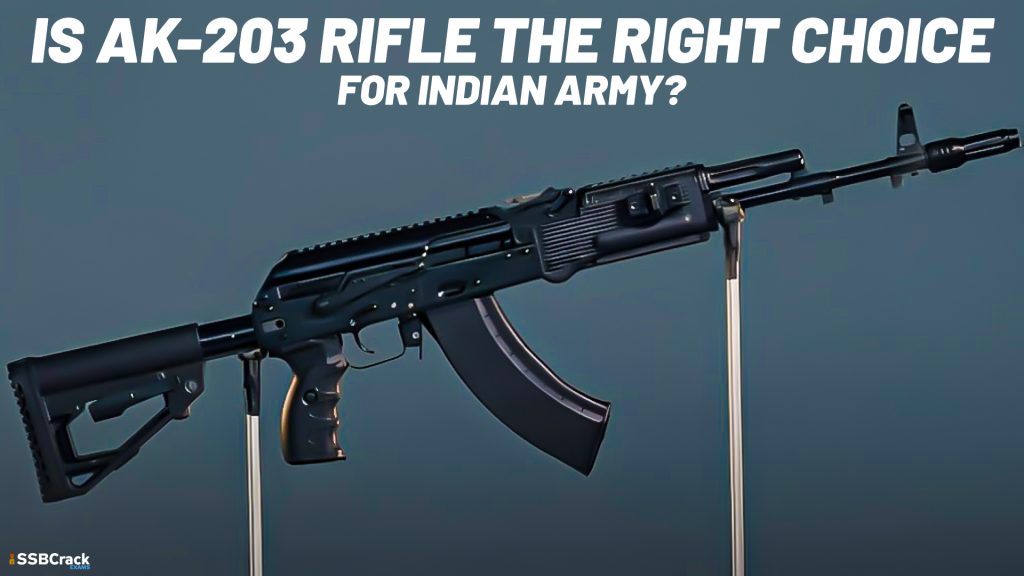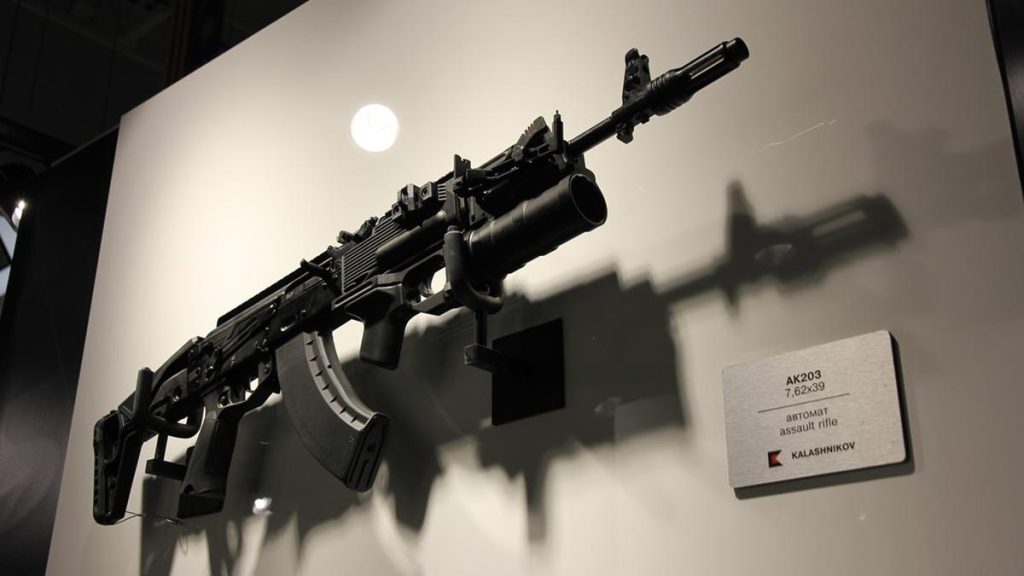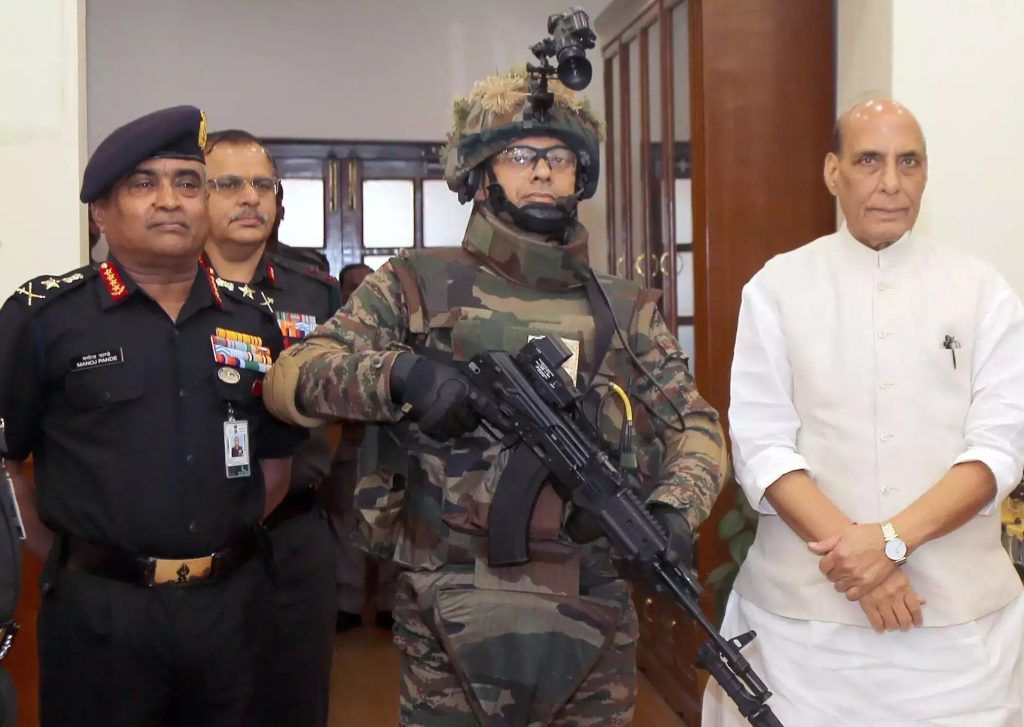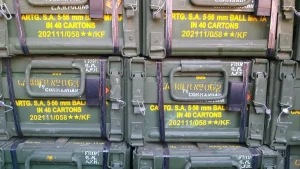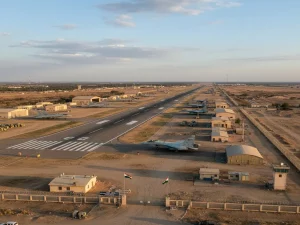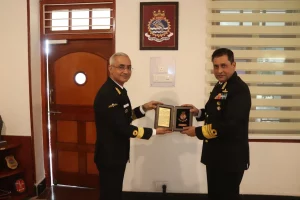In January 2023, the joint venture between India and Russia, Indo-Russian Rifles Private Limited started the production of AK-203 Kalashnikov Assault Rifles at Korwa in UP. Indian Army has been on a long wait for such assault rifles and was trying to find an alternative to the INSAS rifle. The INSAS had multiple problems like jamming, automatic burst to three-round mode, and oil falling. Also, INSAS was too old to use, given that they had played an important part in the Kargil War.
Various Special Forces of India like GARUDS, PARA SF, and MARCOS are using different types of weapons like Tavor, MP5, and AK-47. In the world of modern tech and terrorists on the other front were using AK-47s against our INSAS Rifle. So the need to change the small arms arsenal of India was felt. In the joint production around 671,000 rifles are to be produced. Accordingly, the Indian infantry needs over 200,000 primary 7.62x51mm assault rifles, some 160,000 close-quarter battle carbines, 16,000 7.62mm light machine guns, and 3,600 7.62 specialized sniper rifles. So In this article, we shall discuss why India choose to produce the AK-203 rifles and is it the right choice for the Indian Army.
Why did Indian Army choose to produce AK-203 Rifles?
Indian Army has been using different variants of Kalashnikov from the very beginning. Most of our soldiers are very used to the Kalashnikov system. AK-203 is a perfect option for Indian troopers who are deployed for Counter-Insurgency and Counter-Terrorism Operations in various terrains. For example Rashtriya Rifles in Kashmir and Assam Rifles in North East. The primary reason for this is that our men are familiar with Kalashnikovs. For a long time, our forces have relied on AK-47s, which we purchased in surplus from East Germany, Bulgaria, and Romania. These rifles chambered for the 7.62x39mm Soviet cartridge performed admirably, despite their low range and short service life.
The Manufacturer of Ak that is Kalashnikov is a well-established name in the weapon industry. Part and other necessary equipment like replacement and quick maintenance are easily available. other reason being The 5.56 NATO SS109 ammunition that is used on the INSAS. This bullet weighs 55 grains. This was the standard issue cartridge of the United States Army in the early 1990s. This bullet is lighter and has less stopping power. Even the US army experienced problems with their SS109 cartridges in Afghanistan. This cleared the path for the creation of new 5.56 rounds such as the MK314 Mod1 (used by US Marines) and the M855A1 Enhanced performance rounds. Because India does not produce these rounds, our armed forces continue to rely on SS109 rounds, which are less effective in long-range combat. As a result, the Indian army chose a heavier cartridge, and therefore the 7.6239mm bullets were favored.
Specifications
| Caliber | 7.62mm |
| Ammunition | 7.62х39mm |
| Weight, with an empty magazine | 3.8 kg |
| Sighting range | 800 m |
| Magazine | Magazine |
| Action | Gas-operated, rotating bolt |
| Barrel length | 415 mm (16.3 in) |
| Cyclic rate of fire | 700 rounds per minute |
Is AK-203 Rifle the Right Choice Choice for Indian Army?
Considering all the factors available right now, it was the best deal that could be done. Generally, Defence deals are made after taking various considerations like budget, compatibility, availability, performance, and technology. India wants to keep a variety of rifles in its inventory, with the AK 203 serving as the principal replacement for the INSAS (Indian Small Arms System), and the Sig Sauer 716, which were ordered earlier this year, serving as long-range rifles along the Indo-China border.
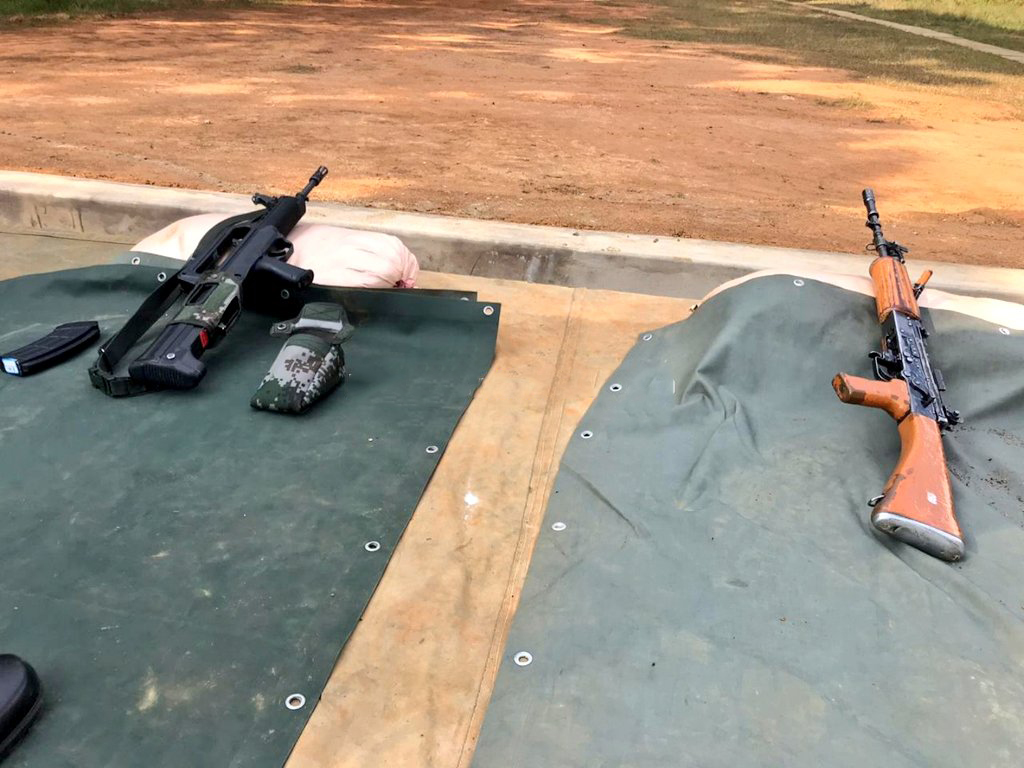
The most essential feature of AK-series rifles is that they never jam. Kalashnikovs can operate in harsh weather conditions and are effective in sand, soil, and water. This Assault Rifle is more ergonomic thanks to features like a folding and adjustable buttstock, a windowed and rifled magazine, and a pistol grip. The variety of 7.62mm ammunition types allows the operator to be combat-ready and efficient while completing any mission. It can be mounted with an under-barrel grenade launcher or a bayonet, and all models have quick-detachable tactical sound suppressors.
Was the Decision wrong?
Though a very good weapon, it does have some shortcomings, like every coin has two faces. The AK 203 is a modified version of the AKM rifle, which entered Soviet service in 1959. It uses the 7.62×39 mm cartridge, which was mainly phased out of Soviet service in the late 1970s in favor of the 5.45×39 mm. Beyond 200-300 meters, the 7.62×39 mm cartridge loses velocity quickly and is often inaccurate. It has a significant recoil compared to 5.56×45 mm and 5.45×39 mm rounds, and it does not penetrate current body armor well. While the AK 203 platform is appropriate for the Indian Army’s counter-insurgency needs, it is already obsolete.
Nowadays, Body armor is becoming more widespread on recent battlefields, and the AK 203 firing the 7.62×39 mm cartridge will perform badly because of low penetration power. Optical sights are becoming more ubiquitous on the current battlefield, allowing even the most inexperienced soldier to engage targets up to 500-600 meters away, where the AK 203 will once again perform poorly.
To crack the SSB Interview, You can join our SSB interview live classes batch and we recommend you to Enroll SSB INTERVIEW ONLINE COURSE. Trusted by thousands of defence aspirants.
Also read:

